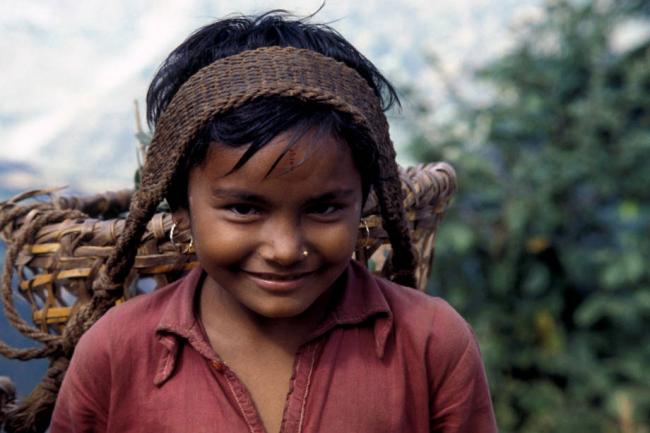
Ahead of World Day, two UN agencies launch course to end child labour in agriculture
“To achieve zero hunger, we must also achieve zero child labour,” said José Graziano da Silva, Director-General of the UN Food and Agriculture Organization (FAO), which designed the course along with the International Labour Organization (ILO).
“Child labour is certainly a complex issue, and it cannot be tackled alone. We need strong partnerships, where everyone brings expertise and resources to the table,” added da Silva in remarks made earlier on Wednesday at an event in Rome marking the World Day Against Child Labour.
The End Child Labour in Agriculture e-course covers the sectors of crops, livestock, forestry, fisheries and aquaculture.
Specifically, it consists of 15 lessons, ranging from about 30 to 65 minutes each, grouped into seven units: introduction to child labour in agriculture; identifying and coordinating stakeholders; assessing and generating data and knowledge; incorporating child labour in policies and strategies; addressing child labour in agricultural programmes; monitoring, evaluating and reporting; and developing capacity and communicating effectively.
Towards zero child labour
FAO and ILO noted that globally, nearly 60 per cent of all child labourers – almost 100 million girls and boys – work in agriculture. The worse forms of child labour include hazardous work that can harm their health and safety.
da Silva highlighted that agricultural policies and programmes can play a unique role in addressing the root causes of child labour, and should be combined with adequate education systems that meet the needs of children and youth in rural areas.
Together with social protection, and decent work policies for rural youth and adults, “we have the basic ingredients needed to end child labour in agriculture,” he said.
Along those lines, Guy Ryder, ILO Director-General underscored that rural children should expect to benefit from quality education and decent work opportunities in their communities.
“Our e-learning course sends a clear message that it is imperative to end child labour in agriculture. This tool will help to build the capacity of agricultural stakeholders as well as labour stakeholders – and others – to fully engage where they can best contribute,” he said.
Good agricultural practices, new technologies can help
The new e-course addresses the need to implement labour-saving technologies to reduce demand for child labour as well as safer agricultural practices to reduce hazardous working conditions.
The agencies highlighted that an action as simple as properly training oxen used to plough can make a difference. In some places, where oxen are not well-trained, children are harnessed in front of them as guides, they noted.
In addition, FAO and ILO emphasized that in many countries, children are commonly engaged in weeding. Technologies and practices that save time required for weeding – for example, systems of rice intensification using row planting combined with mechanical weeders – can therefore decrease the demand for child labour.
The course was co-funded by the Government of the Netherlands. It is currently available in English and will soon be available in French and Spanish, the agencies said.
Photo: FAO/Franco Mattioli
Source: www.justearthnews.com
Support Our Journalism
We cannot do without you.. your contribution supports unbiased journalism
IBNS is not driven by any ism- not wokeism, not racism, not skewed secularism, not hyper right-wing or left liberal ideals, nor by any hardline religious beliefs or hyper nationalism. We want to serve you good old objective news, as they are. We do not judge or preach. We let people decide for themselves. We only try to present factual and well-sourced news.







